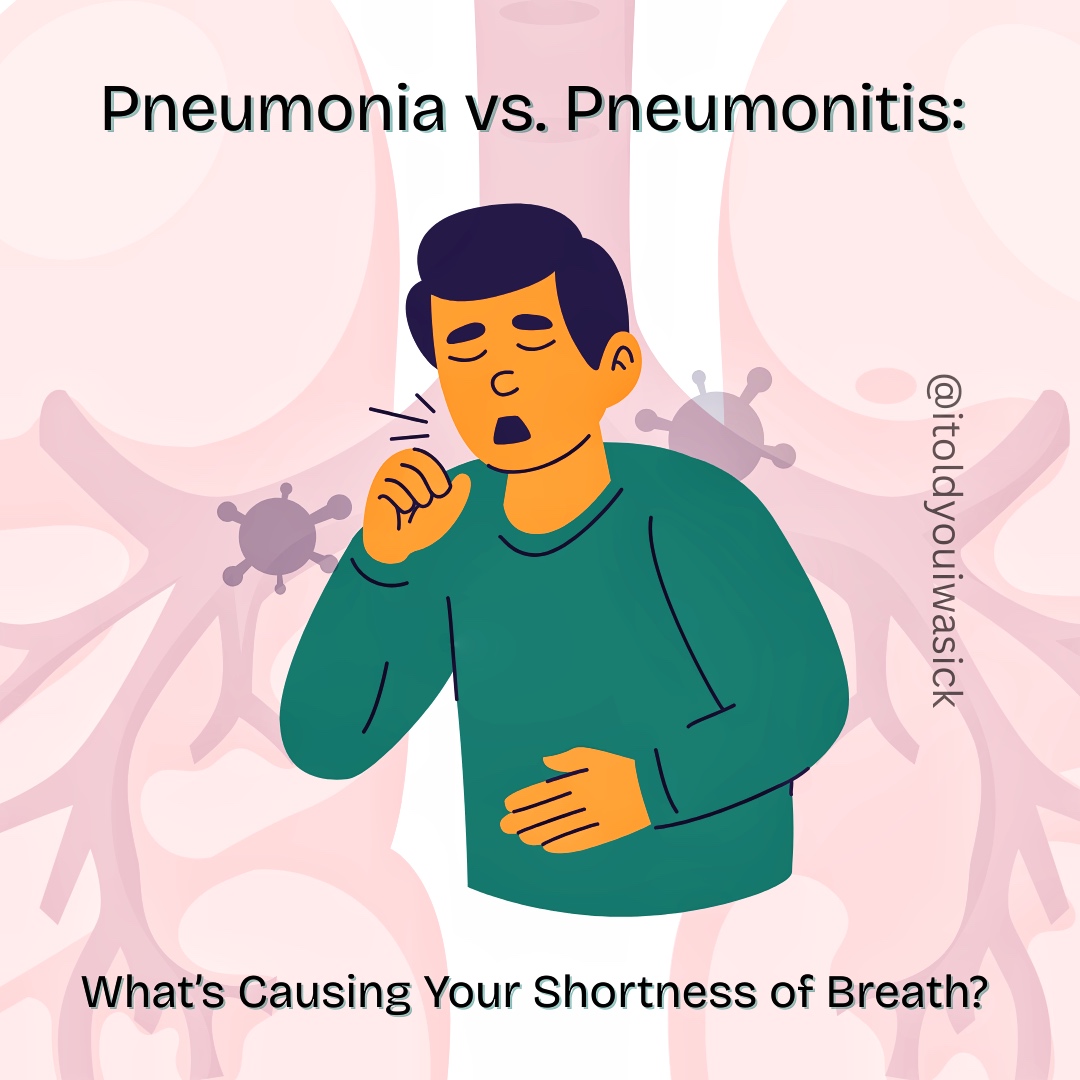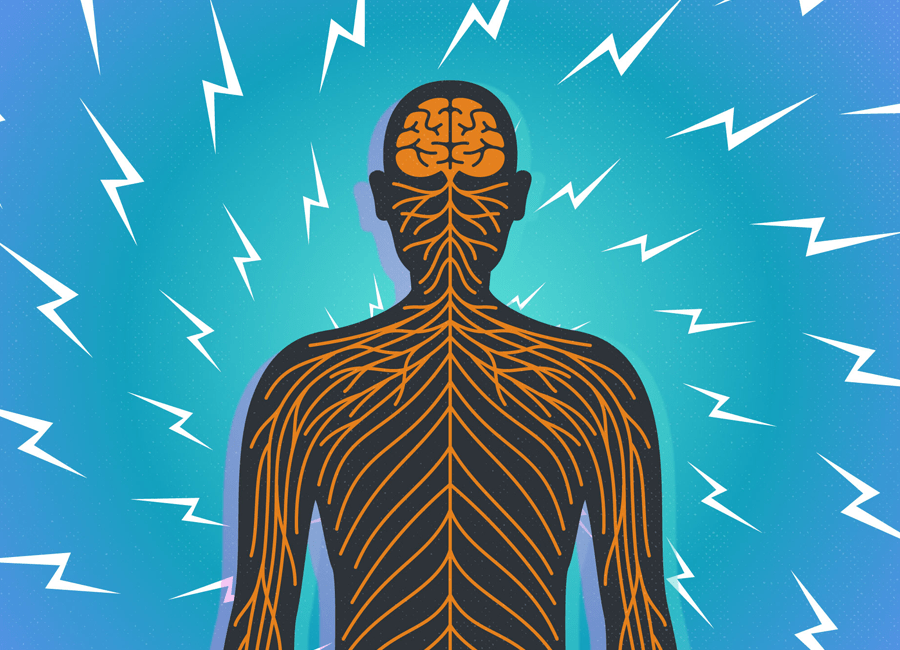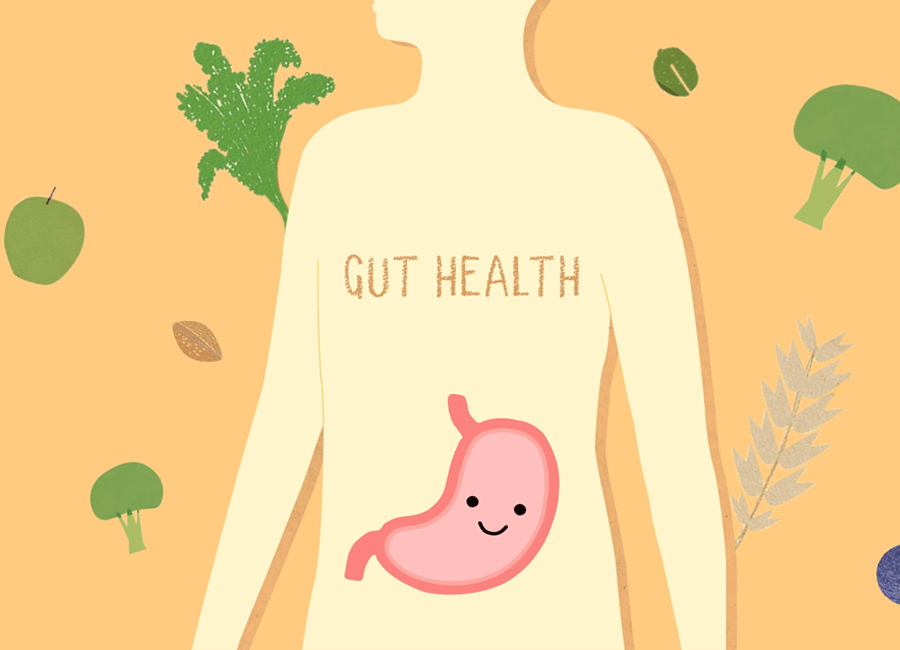
Medical emergencies are an inevitable part of life. There is no age limit for them. In addition, there is a wide range of medical emergencies that can occur, from a heart attack to a gunshot wound. Being effective in an emergency requires knowing what to do when you don’t know what to do.
Implement these steps to get more comfortable handling medical emergencies:
- Be prepared. Have plans and materials to minimize the negative effects of a crisis. Know important emergency numbers, or have them glued to a wall. Keep important medical documents handy and have a first aid kit. Keep one in the house and in the car or wherever you spend a lot of your time.
- Learn what symptoms to look out for. Heart attacks don’t look like they do in movies. The symptoms are also different for men and women. Prepare yourself with knowledge.
2. Call emergency services. On the call, hold back from blurting everything out and answer their questions in the order they ask them.
- Their questions may mean the difference between getting what is needed for the emergency or not. Report accurate information. Then follow their instructions.
3. Get first aid training. Learn to perform CPR and chest compressions. For example, if it’s a gunshot wound, learn to apply constant pressure to the wound. Do everything in your power not to allow the wound to bleed out more than it already is. Bind it if you can.
- Don’t remove bloody bandages; instead, keep adding bandages. Even if you don’t live in a violent area, car accidents, and random house accidents can cause bleeding, which could be deadly if not stopped.
- Get trained on administering necessary medication, like knowing how to use a glucagon kit to help a person with diabetes. Learn to use an EpiPen for people who have allergies and learn how to do the Heimlich maneuver on someone who is choking.
4. Practice useful techniques. Your body won’t do something right unless you practice. Teach every member of your family how to perform basic emergency first aid.
- The more you practice, the less likely you will panic in an emergency. Have frequent practice drills to keep the knowledge fresh in your mind.
5. Force yourself to calm down. Before you do anything, take a pause and assess the situation. Instead of acting on impulse and severely messing up, take a proper look at what is happening. Count aloud in your head from one to ten.
- It persuades your body and brain to believe that there’s no need to panic. Take deep breaths, focus on breathing into your stomach, and exhale fully. Repeat this 2 or 3 times to calm down.
6. Avoid telling the person going through the emergency to calm down. Try to keep them focused on you. Stay close to the person if they are okay with it. Offer them gentle reassurance. Speak to them using short, positive statements.
7. Keep yourself busy. Anxiety increases when you’re just standing around waiting. Use the time to pack clothes for the hospital or apply pressure on a wound. It’s easier to maintain composure when you keep yourself busy.
8. Visualize happy thoughts. Picturing a positive, cheerful scene in your mind can help you relax and turn off your body’s stress response. Picture the ideal outcome of the negative situation you’re in. It will positively affect your brain, helping you remain prepared or ready to deal with the problem at hand.
In an emergency, remaining calm will enable you to make better decisions and act logically. It will psychologically prepare you to handle the situation. It’s best to act fast and without panicking. Staying calm can mean the difference between life and death for you or the person going through a medical emergency. You’ll need all your concentration and focus. Remember to be flexible to the needs of each person. Be quick to adapt if what you’re trying isn’t working.









